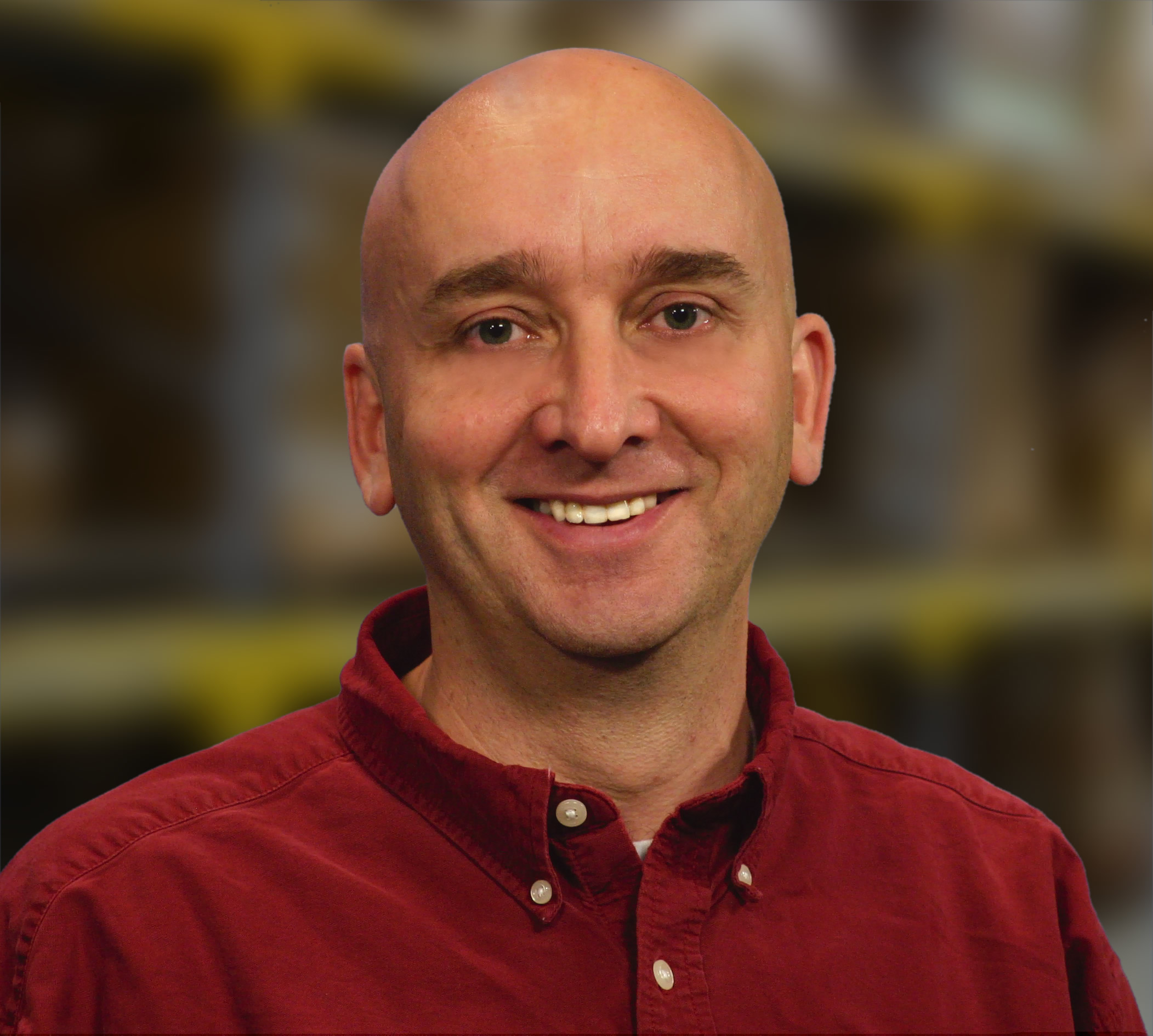How Zebra Solves Retail Technology Challenges
Written by Ian Slack
Blog
The hypercompetitive world of retail has never been easy, but increased customer expectations combined with economic headwinds make it especially challenging now. After shifting mostly to digital and curbside pickup during the pandemic, shoppers have returned to stores with higher experience expectations. According to Zebra’s 15th Annual Global Shopper Survey, seven in 10 shoppers prefer shopping online at retailers that also have brick-and-mortar stores. “Shoppers don’t see channels. They see one shopping experience however they shop,” said Matthew Guiste, Retail Industry Lead, Zebra Technologies. And while shoppers expect seamlessness, most aren’t getting it. The Global Shopper Survey found a whopping 76 percent leave stores without finding what they want.
Something else shoppers demand is minimal friction. They expect cashless payments and self-service options so they can get in and out quickly. Offering self-service at least helps with another current retail challenge: not having enough staff. Like the manufacturing, education, and health services sectors, retailers are dealing with a significant labor shortage. It means companies have to maximize productivity from the employee resources available.
The good news is that technology can solve or mitigate most of the current challenges retailers face—especially mobile technology that unifies everything from inventory to point of sale for intelligent operations, higher productivity, and better user experiences. It’s not just retail. Across all industries, 97 percent of respondents in the Stratix 2023 Enterprise Mobility Outlook said mobile tech is very, or extremely, important to their business. While mobile is the solution, the proliferation of it is putting pressure on the internal IT teams who have to procure and support it. Seventy-five percent of Enterprise Mobility Outlook respondents told us they’re at least somewhat overwhelmed by the increasing number of mobile devices—with 41 percent putting it at very or extremely. For retail, such challenges are among the reasons many companies are behind. According to McKinsey, “only a few retailers have built true omnichannel offerings, harnessed data at scale, and implemented agile ways of working throughout their organizations.”
How to Use Retail Technology to Change Outcomes
For retail IT leaders, the focus should be on getting to the desired outcomes with their technology development and investment. Holistic solutions leveraging multiuse devices can help contain the proliferation challenges that overwhelm IT teams and improve user experiences. Leading retail solution maker Zebra Technologies is very focused on outcomes. With its Modern Store framework, it targets three main goals to help retailers meet modern demands without giving up margins:
1) Engaged Associates
When workers are engaged, they’re more likely to be high performing, which affects everything from productivity to customer experiences. Zebra improves engagement with:
- Workforce Management
- Schedules are optimized thanks to accurate workload forecasting. Automation takes care of schedule swaps and callouts. Schedules are also tailored to employee preferences and skills.
- Task Management
- Tasks are prioritized in real time. Workflows are simplified and streamlined to improve productivity and task execution.
- Advanced Communication and Collaboration
- Connected employees optimize customer service. Streamlined communications ensure messages are received.
With its engaged associate solutions, Zebra aims to help retailers reduce employee turnover by eight percent, reduce labor spending by five percent, and achieve a 95 percent on-time task completion. For example, using Zebra solutions, retailer Vera Bradley was able to increase scheduling effectiveness by 25 to 50 percent.*
2) Optimized Inventory
Using technology to optimize inventory helps ensure customers get what they want when they want it. Zebra tackles the challenge in several ways:
- Improved On-Shelf Availability
- Using mobile computers, barcode/RFID sensing technology, and its Prescriptive Analytics software, Zebra can improve receiving accuracy, deliver a real-time view of inventory quantities and locations, and better pricing compliance.
- Modernized In-Store Fulfillment
- Fulfillment is optimized with real-time views of inventory locations and streamlined order completion tasks
- Theft and Loss Prevention
- Real-time views of product loss and detection of unseen issues
Zebra’s optimized inventory solutions aim to reduce product shrink rates by 27 percent, achieve 98 percent inventory accuracy, and make 90 percent of products easily locatable. Using Zebra solutions, the large grocery retailer Lowes was able to achieve significant shrink reduction and compliance by reducing voids by 76 percent.*
3) Elevated Customer Experience
A positive customer experience is a way to stand out from competitors. Research shows more than half of customers will abandon a brand after just one bad experience. Zebra makes shopping better with:
- Enhanced Checkout
- Customers can accelerate checkout with personal payment solutions, and checkout is streamlined with more accurate scanning and machine vision.
- Improved In-Store Service
- Ensure skilled associates are available for customers when they need them. Connect digital and in-store experiences with intelligent kiosks. Improve in-store fulfillment and streamline the returns process.
With its customer experience solutions, Zebra aims to improve customer satisfaction scores, raise transaction values by 25 percent, and reduce customer wait times by 23 percent. Thanks to Zebra’s solutions, a large retailer was able to increase the time its associates spend with customers by 20 percent.*
How to Get Retail Technology Solutions That’ll Achieve Your Goals
A big challenge for retailers is the complexity of technology. Many have added solutions that aid a specific workflow here and there, but they lack truly transformational and holistic systems with a much greater impact. IT leaders are often so tied up with day-to-day needs that they find it hard to make time to evaluate what they have, what’s possible, and the true ROI of making a change. With good IT talent hard to come by, many also don’t have the internal expertise available or the ability to plan and deploy large projects without issues.
That’s where a managed mobility services provider like Stratix can make all the difference. Our mobile solution architects have extensive experience with some of the nation’s largest retailers, and they know Zebra retail technology backwards and forwards. We can evaluate your business needs, current technology, goals, and user experience requirements to make recommendations for effective solutions.
Our broad resources enable you to plan, deploy, and support large-scale technology solutions so they’re out-of-the-box ready on day one. That drives seamless transitions and high user adoption. You can see how we do it in our new interactive video for retail featuring Zebra devices. Our decades-long relationship with Zebra means there’s no one better when it comes to designing and deploying Zebra retail solutions for your business.
*Actual performance may vary depending on, among other things, store environment, product mix and process adherence.

Empower Customers to Shop Their Way
Imagine how Stratix and Zebra can transform your retail operations in a SmartMobile connected and collaborative store.
Watch How













